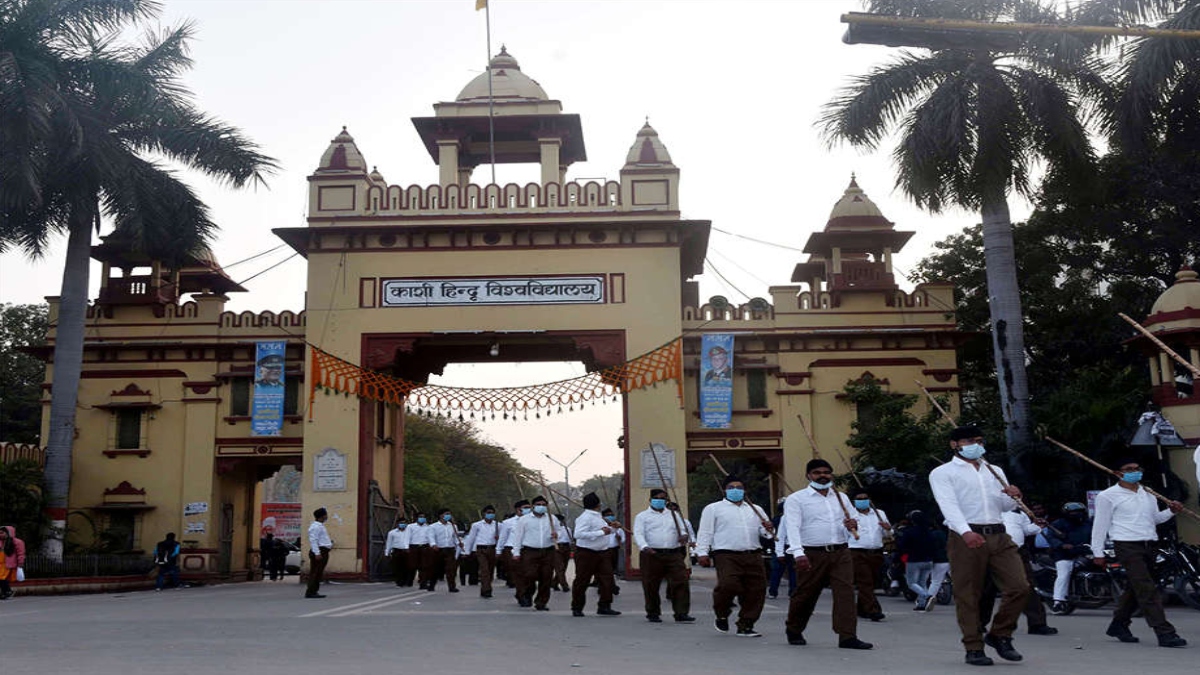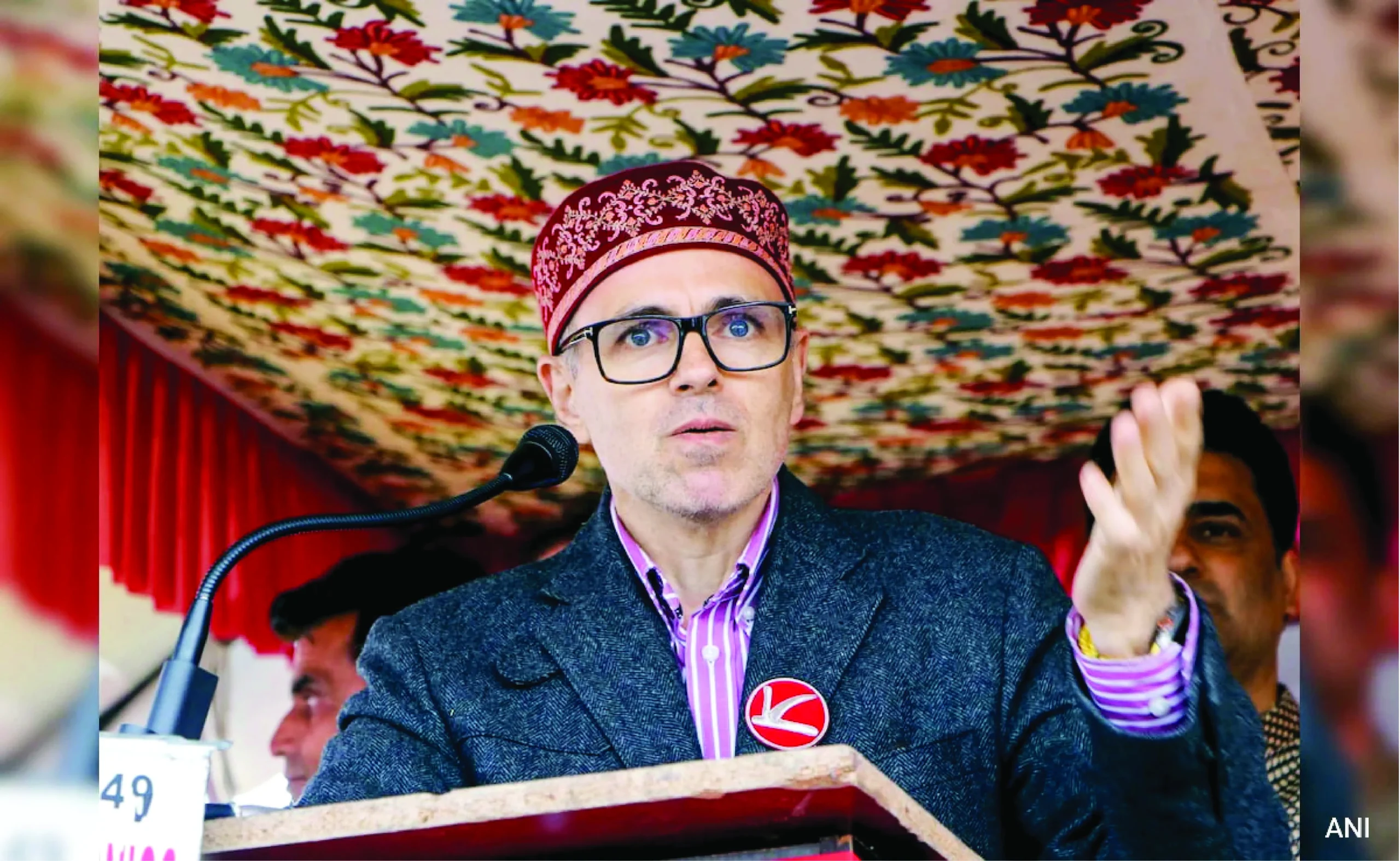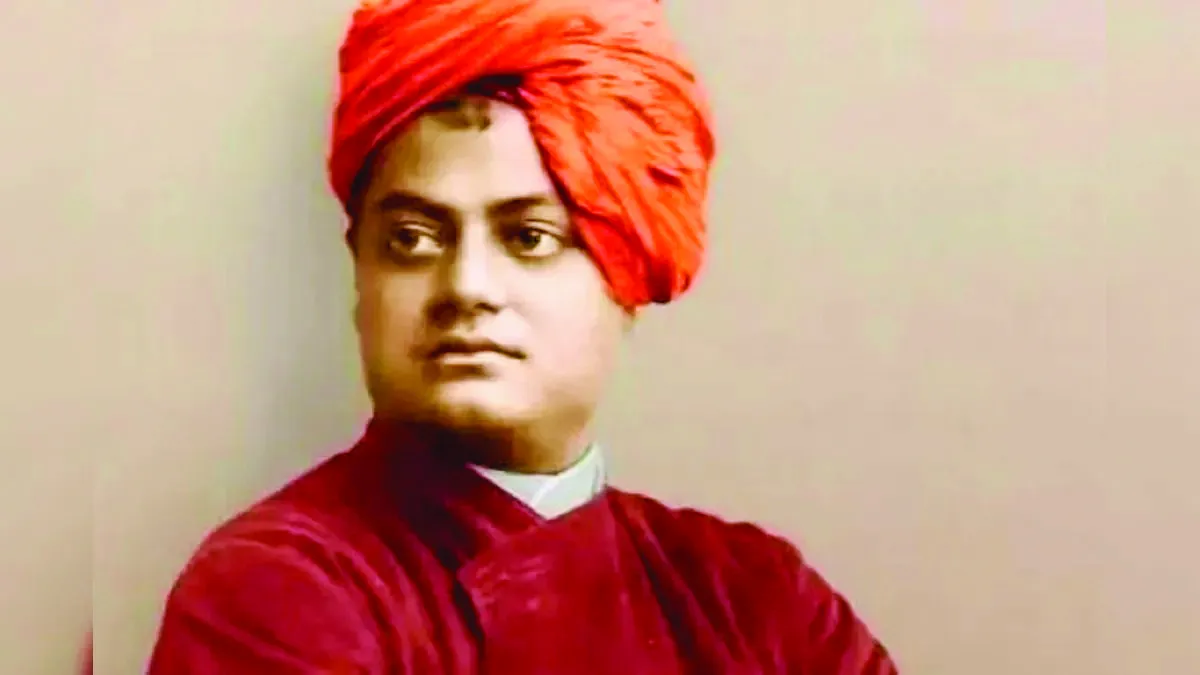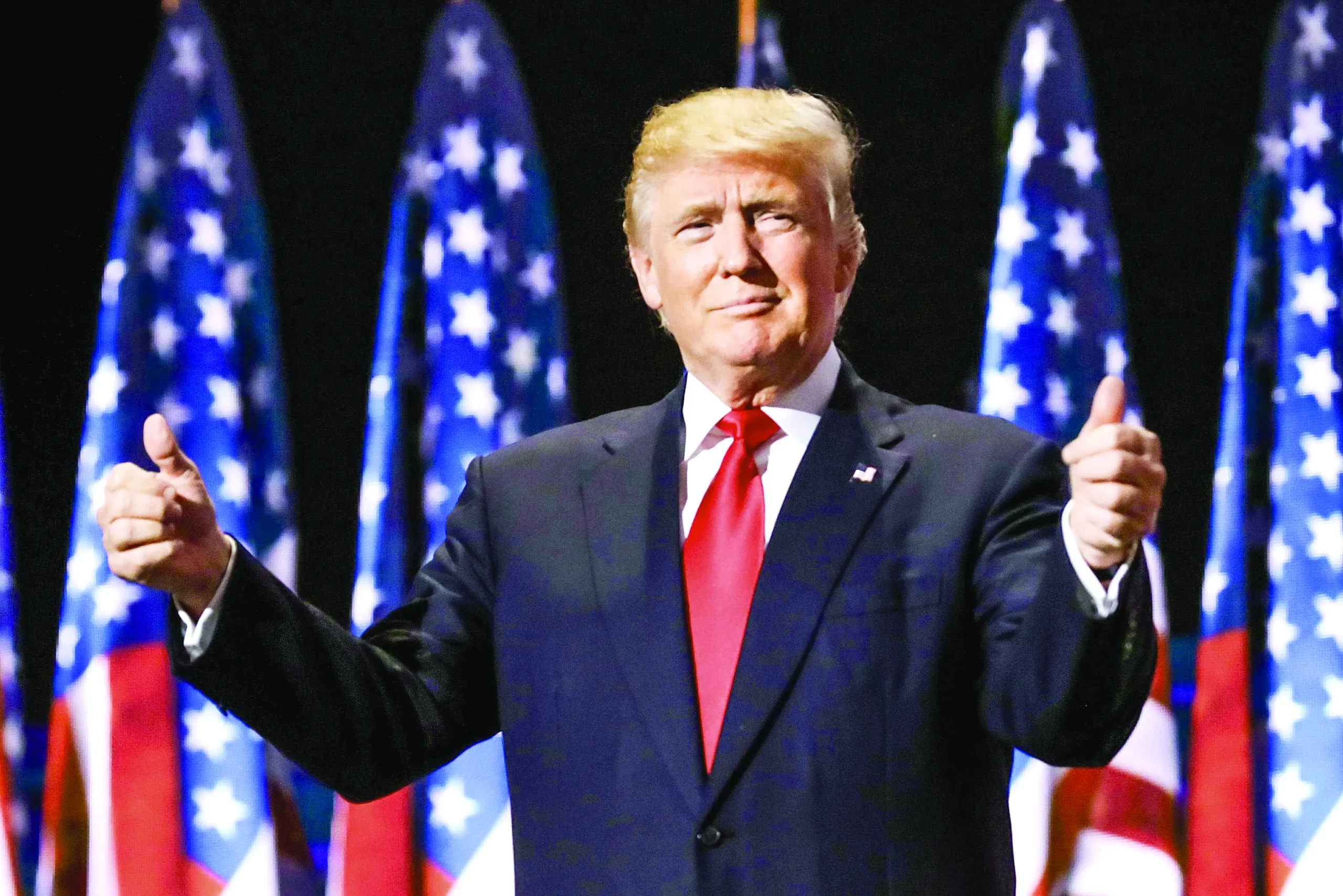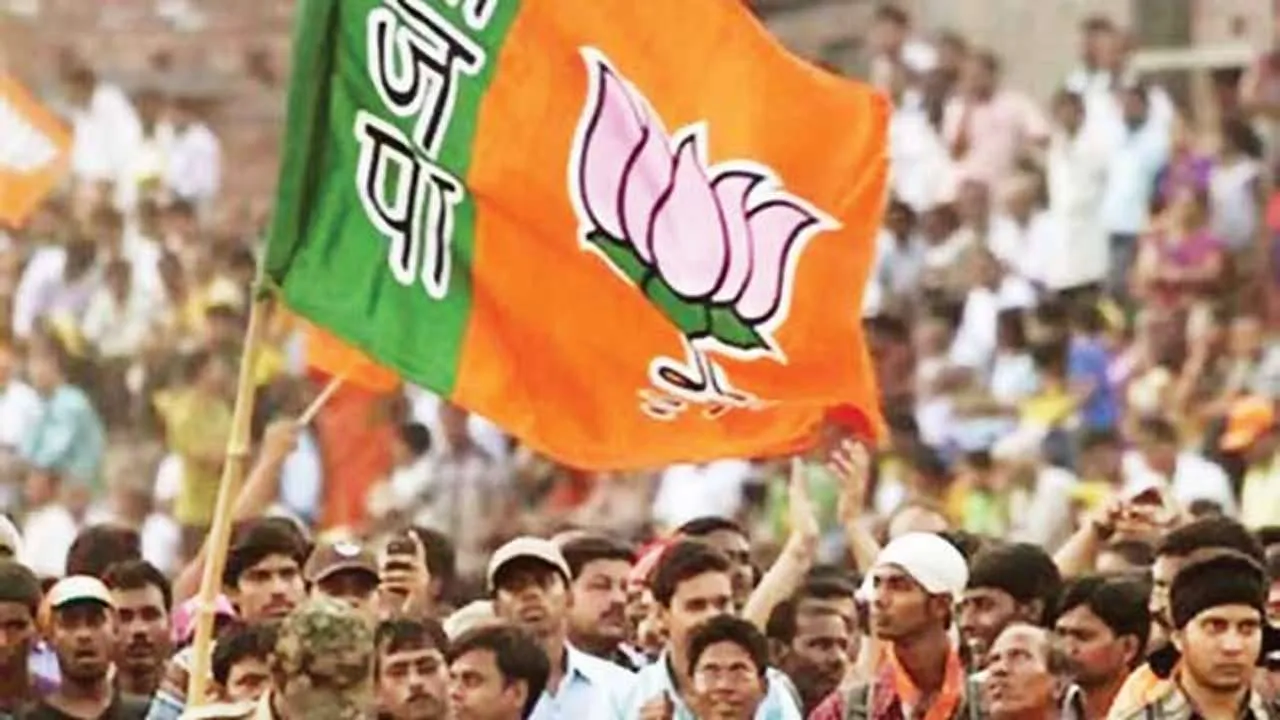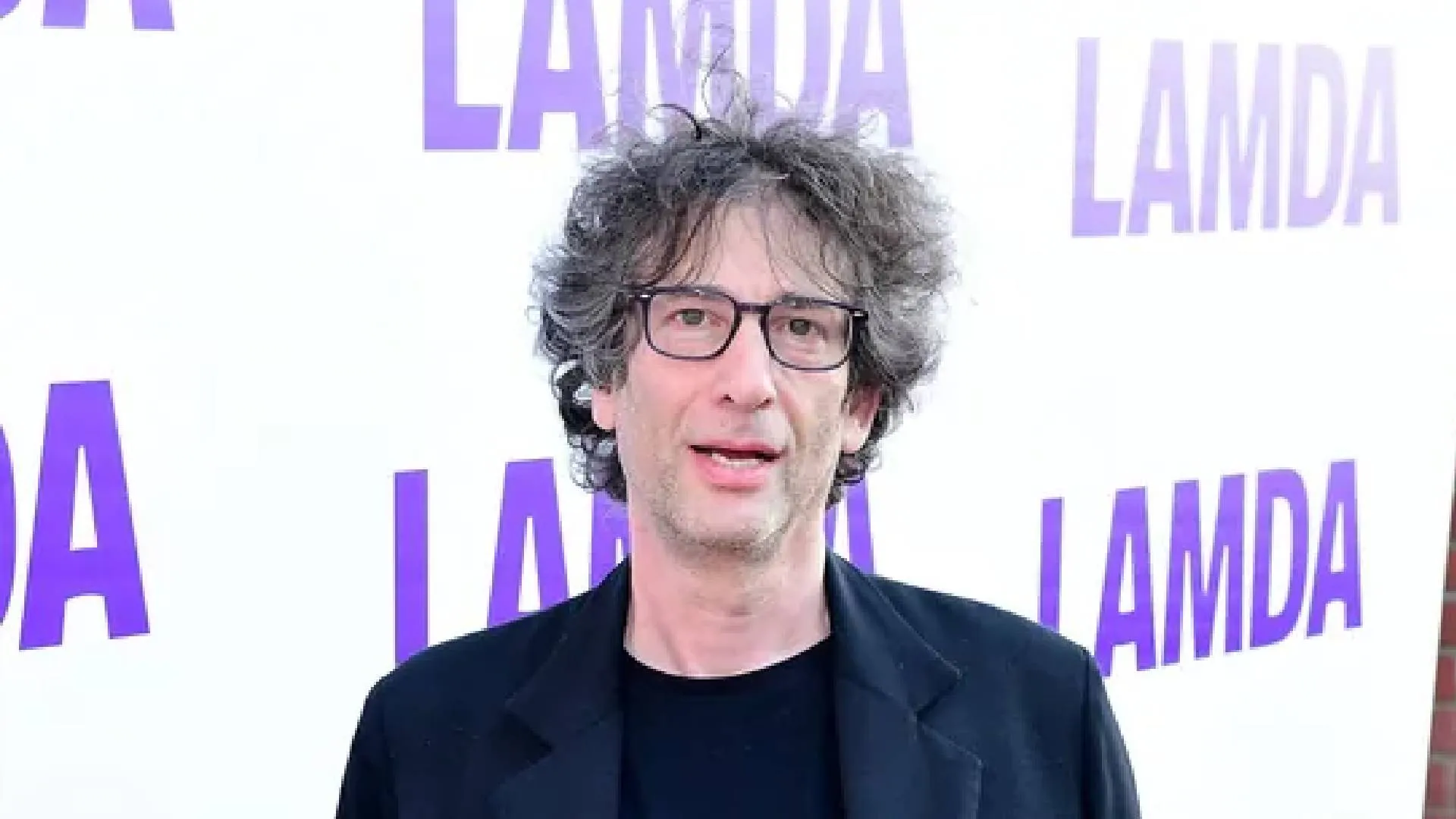Times Higher Education (THE) 2022 regards the Indian Institute of Science (IISc) Bangalore as the best university in India, but places it in the rank bracket of 301-350. This ranking may have to be ignored in the case of other institutions because the bigger and older IITs presently boycott this ranking. QS ranking of world universities 2023, too, assesses the IISc Bangalore as the best university in India, but with a global ranking of 155. The next bests comprise IIT Bombay (172), IIT Delhi (174), IIT Kanpur (264), IIT Madras (250) and IIT Kharagpur 270.
Academic Ranking of the World Universities (ARWU) 2022, the most coveted and the most objective world ranking of universities, also assesses the IISc Bangalore as the best university in India, but places it in the rank bracket of 301-400. The second and the third best universities in the country, the University of Delhi and the Vellore Institute of Technology (VIT) are placed in the ranks bracket of 601-700. The next four best higher educational institutions viz IIT Roorkee, IIT Delhi, IIT Madras and JNU are placed in the rank bracket of 701-800.
In all, the ARWU could rank 18 higher educational institutions in India among the top 1,000 of the world. Of these, seven had been granted the status of the Institutions of Eminence (IoE) along with promises of many privileges and abundant funds with the sole objective of enabling them to rise up on the ranking ladder.
Disquietingly, the remaining ten, which were granted the IoE status, including the two Greenfield Universities—Bharti University and the Jio Institutes, which had much ruckus at the time of decision-making, appear nowhere in the ARWU ranking. In contrast, there were seven higher educational institutions which are reckoned among the ARWU ranking, though they were not granted IoE status. There certainly was an error of judgment in identifying the institutions with the potential. But this is beside the point. Minor variations on a year-on-year basis apart, these institutions have an irrefutable claim on excellence in higher education by Indian standards and have been improving their scores and ranks. To be fair to them, they are generally reckoned among the choicest institutions of India by the global academic fraternity. It, however, remains a fact that even the best of our higher educational institutions are still nowhere close to the best of the world. The question is why?
The reasons are numerous. At the forefront is the ecosystem. Universities do not exist and operate in a vacuum. Their larger ecosystem plays a critical role in creating the necessary and sufficient conditions for these institutions to attain excellence.
It may not be a sheer coincidence that Africa is conspicuous by its absence in the league table. Similarly, the share of Asia, Oceania and Central and South America in world-class institutions is minuscule. A bulk of the world-class universities are in high-income developed and developing countries with an average per capita income of around $50,000. Besides, these countries have spent 3.3 to 8.7% of their Gross Domestic Product (GDP) on education over a sustained period of time.
With their Gross Enrolment Ratio ranging between 60 to 86%, these economies rank very high on critical social and developmental parameters like the Human Development Index (HDI), Ease of Doing Business and Corruption Perception Index. All these taken together constitute that larger ecosystem making it conducive to pursuing excellence.
The best universities in the world are larger in size. Barring a few exceptions, they may have a minimum of 20,000 students who are taught by about 2000 full-time faculty. In addition, they may have industry experts, professionals and professors of practice as a side faculty.
Besides, the faculty members are also supported by a large number of research staff and teaching assistants. Even the best institutions in India compare very adversely on these counts and thus lack the much-needed critical mass of intellectual resources. Faculty and intellectual resources play a dominant role in determining excellence. Technological advancements and enormous possibilities of leveraging them for teaching and research notwithstanding, they continue to remain critical. It is an expensive proportion but compromising either on their adequacy or quality proves detrimental to the health of higher education.
Excellence is expensive and costs money. Universities need to hire, retain and develop human resources. They need to continuously maintain, augment and upgrade their teaching and research infrastructure. Hence the availability of adequate financial resources is critical.
Compared to the best of the world, our best universities spend only peanuts. The best university in India spends about $18,000 compared to $283,000 per student per year by a world-class university in the US. This essentially means that the best university in India spends only about 6.36% of what the best university in the US spends. Even accounting for the purchasing power parity, spending by the best Indian university is no more than a fifth of their counterparts.
Lest this may be used as an argument used for increasing fees and cost recoveries from students, it may be mentioned that the best universities in the world, public or private, recover only a fraction of their per-student cost from their students.
Finally, universities attain excellence only in an environment of autonomy and academic freedom. Even in India, the Acts and Statutes of universities vest in them all the powers to act independently. However, over a period of time, many of these powers have been circumscribed by various rules, regulations and guidelines issued by external agencies and regulatory bodies.
Alas! The higher education institutions presently suffer on all the above counts and have to go a long way to come at par or even close to world-class universities. The process could be expedited by significantly enhancing public investment in higher education. It has to be in fact doubled or trebled than what is being invested in higher education as a percentage of GDP.
Most critically, merit must rule the roost in higher education. The national and state governments as well as the higher education regulators must commit to stop compromising the merit in the selection of students and teachers, the teaching-learning process and the appointment of people to leadership positions.
Furqan Qamar is former Adviser for Education in the Planning Commission, and a Professor of Management at Jamia Millia Islamia, New Delhi.

